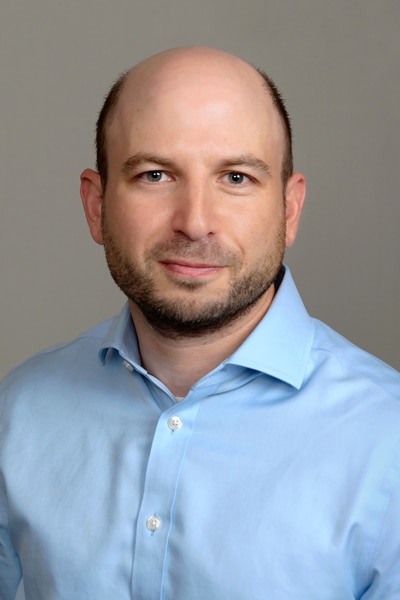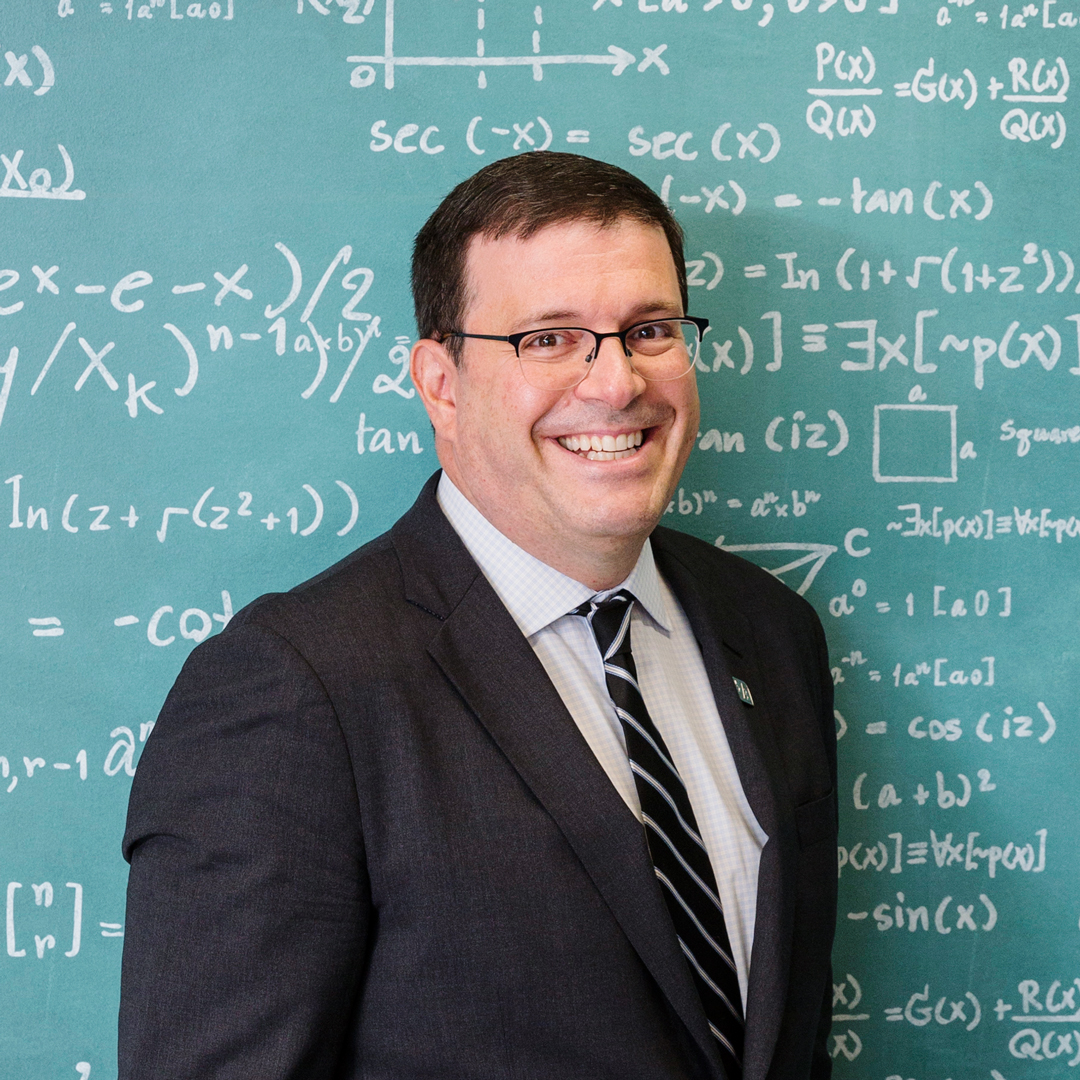Moshe Malina may be an attorney, but he has the spirit of an entrepreneur. As associate general counsel at Citi, one of the top banks in the world, Malina specializes in finding creative ways to provide legal support for the “innovative impulse” that drives internal and external initiatives alike to improve the company and the world.
A seasoned Citi team member, Malina has been a member of the banking giant’s in-house legal team since 2004. Over the course of his sixteen years at the company, he has worked across a diverse range of legal areas, including patents, licensing, M&A, regulatory, cybersecurity, and much more. But according to Malina, it is his oversight of Citi Ventures, the company’s strategic venture and innovation program, that has most profoundly marked his legal career.
Malina has been serving as general counsel to Citi Ventures since its inception in 2010, and today it is his primary area of focus. “It’s given me a unique perspective on how venture work can be done in a large firm and on how I can add value as a lawyer by structuring and supporting that work,” Malina says. “I’ve had a courtside view on the growth of the venture program for an entire decade, during which time the banking industry as a whole has changed dramatically.”

And even after ten years, Malina says, his work with the Citi Ventures program remains challenging and engaging. As the bank’s venture investment arm, Citi Ventures looks for start-ups that can solve pain points for banks and open up new opportunities. It’s one of the most active corporate venture programs in financial services, with a portfolio of more than fifty firms across fintech, payment, enterprise tech, data analytics, and other areas. Along with its equity investments, Citi typically engages in commercial arrangements with the start-ups, piloting their technology or partnering with them.
Lawyering start-up deals requires tackling a range of new and complex legal and regulatory issues but offers a unique vantage point on how the industry is changing. Malina says, “Every week, we’re looking at a new company to potentially invest in—so every week, we’re getting a fresh look at what’s new in financial services as well as in a number of other technology areas.”
As he explains, though, Citi Ventures isn’t just about investing in fintech and other start-ups. It’s also about the development of internal innovation initiatives. One of these programs, called D10X, helps Citi employees across the firm discover, create, and launch new solutions and technologies to help solve problems for the company’s clients. “It’s a sort of internal entrepreneurship program,” Malina explains, that “spans both our consumers and institutional businesses. It implicates legal and regulatory issues, privacy and data protection, and a variety of other areas.” Another program, Studio, functions as an incubator for Citi Ventures, developing innovative digital solutions that target broader social and economic challenges, with a focus on innovations that can drive economic vitality for people, businesses, and cities.
Finding fresh ideas to challenges are at the heart of Citi Ventures across all these programs, according to Malina. Entrepreneurs, innovators, and creators have an impulse to innovate, and those original ideas serve as the foundation of every new and exciting product. “But to bring those ideas through to commercialization, particularly in a highly regulated industry like banking, requires a lot more work,” he points out.
Malina sees it as his task to find ways to support innovative efforts while controlling legal risks, which itself requires a great deal of creativity—indeed, a level of creativity that is quite unusual within the legal industry.
Attorneys frequently have “templates” for their approaches to various legal matters, Malina says, but that mind-set is often ineffective for a highly dynamic, collaborative, and cross-functional program like Citi Ventures. “We have to find creative and flexible approaches specific to each situation,” Malina says.
To make that work, “you have to work across business and functional areas of the bank to find ways to develop new solutions,” Malina says, and develop a much more in-depth understanding yourself of the emerging technologies and market dynamics driving these changes. “At a high level, the key is ‘threading the needle’ and finding ways to initially test ideas in a minimally viable product form to validate whether they have business potential—while keeping in line with the company’s risk and control framework.”
But no matter how challenging the work is—no matter how small the needle eye—it’s all worth it when a product comes to market, according to Malina. “Watching the real-world impact of a product or investment that you supported—that is the essential measure of success,” he says.

